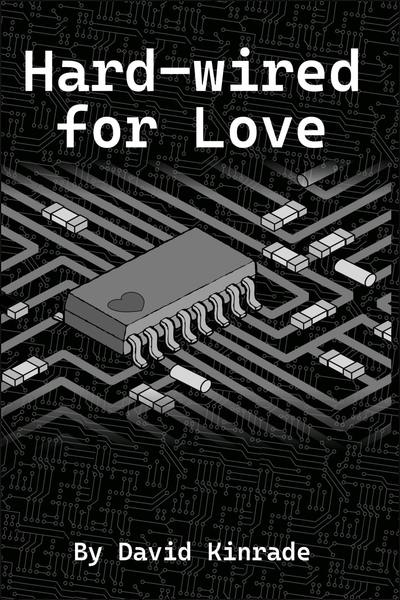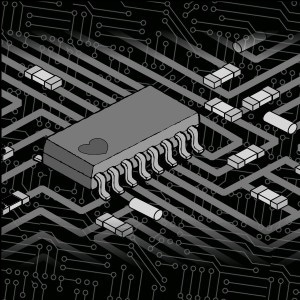Chapter 1: Getting Wired (Part 1)
Sep 24, 2023
Creator
Recommendation for you
-

Recommendation
Find Me
Romance 4.5k likes
-

Recommendation
Touch
BL 15k likes
-

Recommendation
Invisible Boy
LGBTQ+ 11k likes
-

Recommendation
The Sum of our Parts
BL 8k likes
-

Recommendation
Silence | book 2
LGBTQ+ 30.6k likes
-

Recommendation
Primalcraft: Scourge of the Wolf
BL 6.7k likes
-

Feeling lucky
Random series you may like
1.1k views8 subscribers
Struggling to focus at his graduation party, a cute guy is suddenly offering to join him. In Peter’s company, Nick feels calmer and more comfortable than he ever has before.
Can Nick find a better state of mind, find love and find a job? What about the AI systems that regulate so much of modern life? What do they have to do with all of this?
Futuristic technology and blossoming sexuality merge together in a gentle tale of slow-growing love and graphic physicality.




Comments (0)
See all